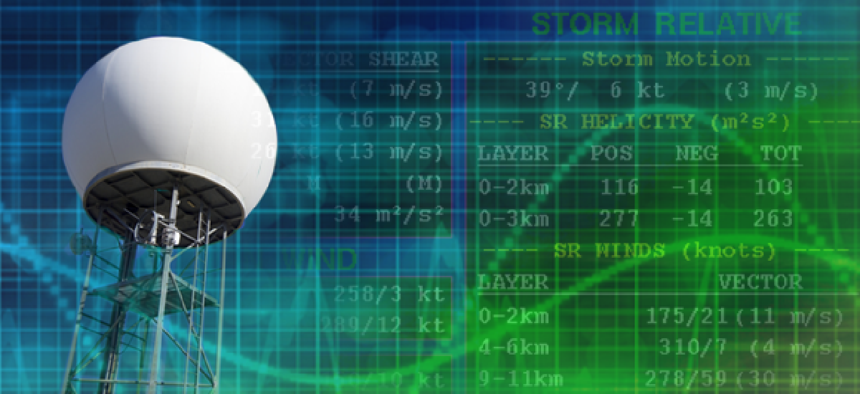The power of government big data: It's all in the use cases


Connecting state and local government leaders
A use case shows how big data can be used, what business need can be met through that use and what needs to happen in order to make that use case a reality.
As more people join the discussion about big data, and as they continue to evaluate what the concept means for government IT, chances are you will see the phrase "big data use case."
Understanding what is meant by a use case, and how use cases have a broader impact on government systems, is key when it comes to understanding why big data is different than traditional government data collection and processing.
Let's start with what the phrase “use case” itself. The phrase has earned a place in software engineering vernacular over the past 20 years. Originally use cases served as a way to examine whether an IT system design met the real-world conditions for business steps and information flow.
A good example of a big data use case is the influx of sensor data collected by smart city applications, or by Defense Department perimeter sensors, surveillance videos and more. What do you do with all these new types of data? Think of a use case as a thought experiment detailing how data can be used, what business need can be met through that use and what needs to happen in order to make that use case a reality.
One major difference with big data use cases is that big data is often held in a central repository where it is made available to multiple applications. And in today’s third platform era, where big data, cloud mobile and social merge, a business case may extend across multiple applications.

As the illustration shows, a government office might have several concurrent big data use cases operating at once. Such use cases could include anything from running a large financial report to evaluating the efficiency of ongoing procurement efforts. The business processes associated with each use case can interact with one of more applications, and the individual applications could call to the same universal big data set that is available across the enterprise.
Some typical big data use cases are listed below.
Sensors: The National Weather Service collects terabytes of data from monitoring systems around the globe through the Joint Polar Satellite System (JPSS), which monitors environmental conditions, and the associated JPSS Common Ground System (JPSS CGS), which draws data from sensors and satellites.
This data is available through a central repository. Ongoing weather predictions could be one use case, and another could be long-term crop forecasts.
Entity analytics: Entity analytics looks for connections between entities, which can be a person, place, thing, location, transaction or one of many other data points. By sifting through billions of data points, analysts can tell if a house where suspicious activity is taking place is also the mailing address for a credit card that has been used to purchase suspicious items. Many connections can be made through applications that have access to the central collection of data entities. Different applications can support police reports, connection maps and fraud analytics.
Compliance records and national resource controls: Managing national resources means measuring and evaluating large volumes of data related to land, water, soil, plants and animals. One good big data use case is the EPA's ECHO website, which provides integrated compliance and enforcement information for about 800,000 regulated facilities nationwide. With the data in ECHO, environmental managers can get a snapshot of a facility’s compliance record. Each of these types of reports may come from a different business application, but they can pull data from a central repository.
Health services: Data from hospitals, accident reports, disease control efforts and social service case files can quickly show which geographic areas or socioeconomic levels are over served or under served by current health efforts. The real power of big data comes when this information can be cross tabbed with the environmental data. Health-related cause and effect correlations are easier to hypothesize when relevant data is accessible.
These are a few examples of big data use cases that extend beyond the realm of stand alone applications. Big data can mean big changes for the way government conducts its research and its ongoing business. But in order to make that leap, understanding use cases can help IT managers look beyond their silos and their dedicated applications. Working groups are dedicated to this effort. NIST is even collecting examples of government big data use cases.
It's a big, increasingly interactive world out there for government IT. (And we have the big data to prove it.)
NEXT STORY: Mobile smart form speeds transportation research




